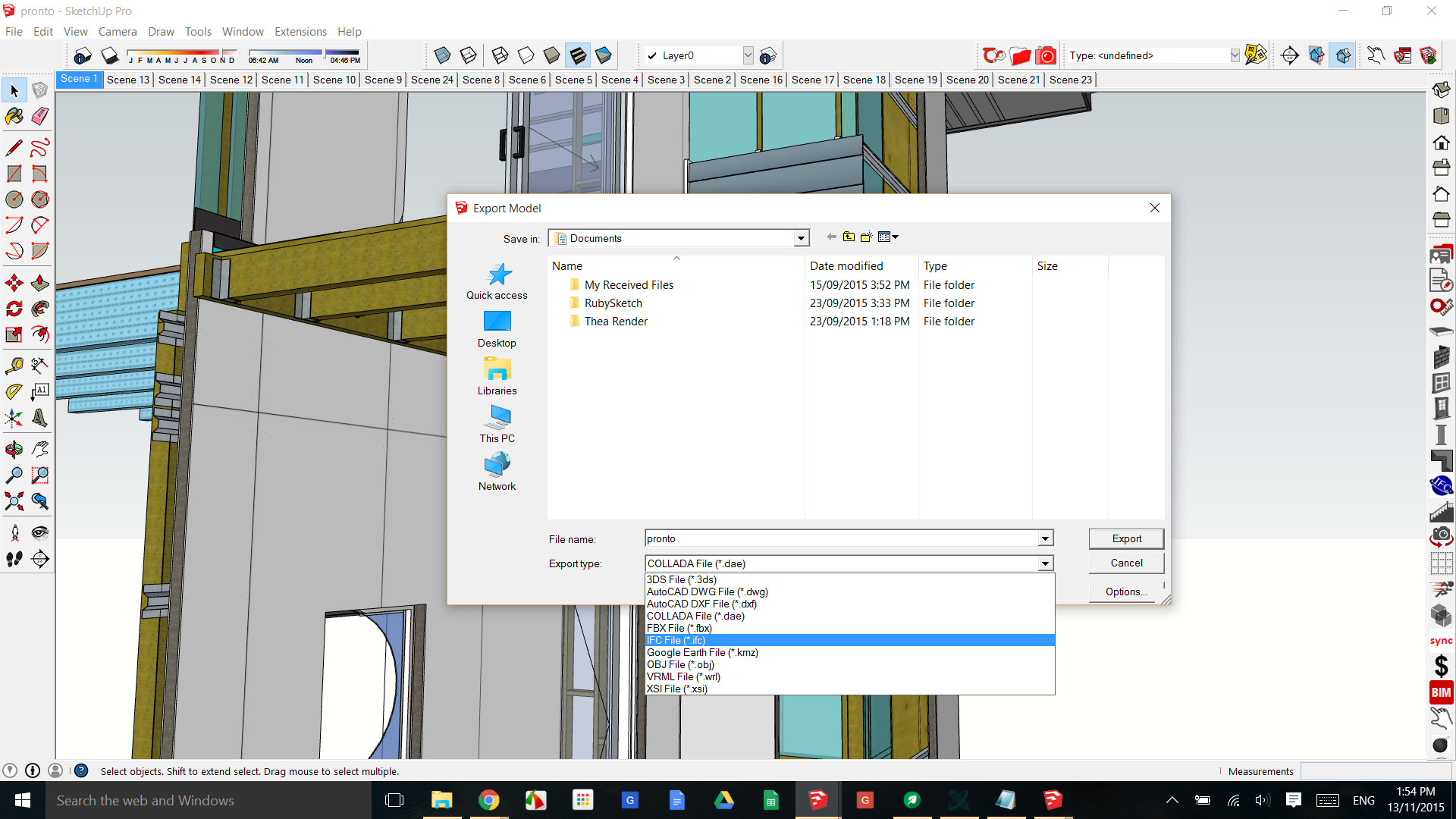

In the second, attendees will be provided with and instructed on how to apply a premade, easy-to-use Dynamo script that will enable importing Rhino software-generated geometry into Revit native content. With the first method, attendees will learn how to use FormIt 360 software to translate SketchUp models into native Revit content. We will cover 2 different methods for importing geometry into Revit software as native content to produce drawings. If you have an alternative way of doing this, feel free to comment.This lab will cover the interoperability workflows that enable teams to use the right tool for the phase of design and each team member’s expertise and skill sets, enabling their imagination to be the limit of their designs rather than the required toolsets. If I remember correctly, you can instruct Sketchup to export different layers for each material when exporting a DWG (?) Note – this method uses only Autodesk tools, it does not require Sketchup to be installed. Import to Revit – you now have granular control over each Material / Layer combination through Object Styles….For some reason, I had to untick the Block option – otherwise the file would not import at all.Use Import command in AutoCAD, choose the FBX file – choose to have a layer for each material (Assign Objects to Layers – By Material).Import Sketchup SKP file in to 3ds Max Design.

If you have an SKP file and would like to create the layers you need (without using Sketchup itself), you can use this method:

However, this relies on the existence of different layers for each distinct material in the original file. There have been many posts about how you can control Sketchup materials in Revit using Object Styles. You can check which is which by looking at the colour on the Graphics tab, but you will need to manually map Render Appearances from here.Īlso, remember that you can save all related material resources if you go via 3dsMax. EDIT Keep in mind that if you import an SKP directly into Revit, it will create materials for each shading material as “Render Material xx-yy-zz” in the Material Library.


 0 kommentar(er)
0 kommentar(er)
